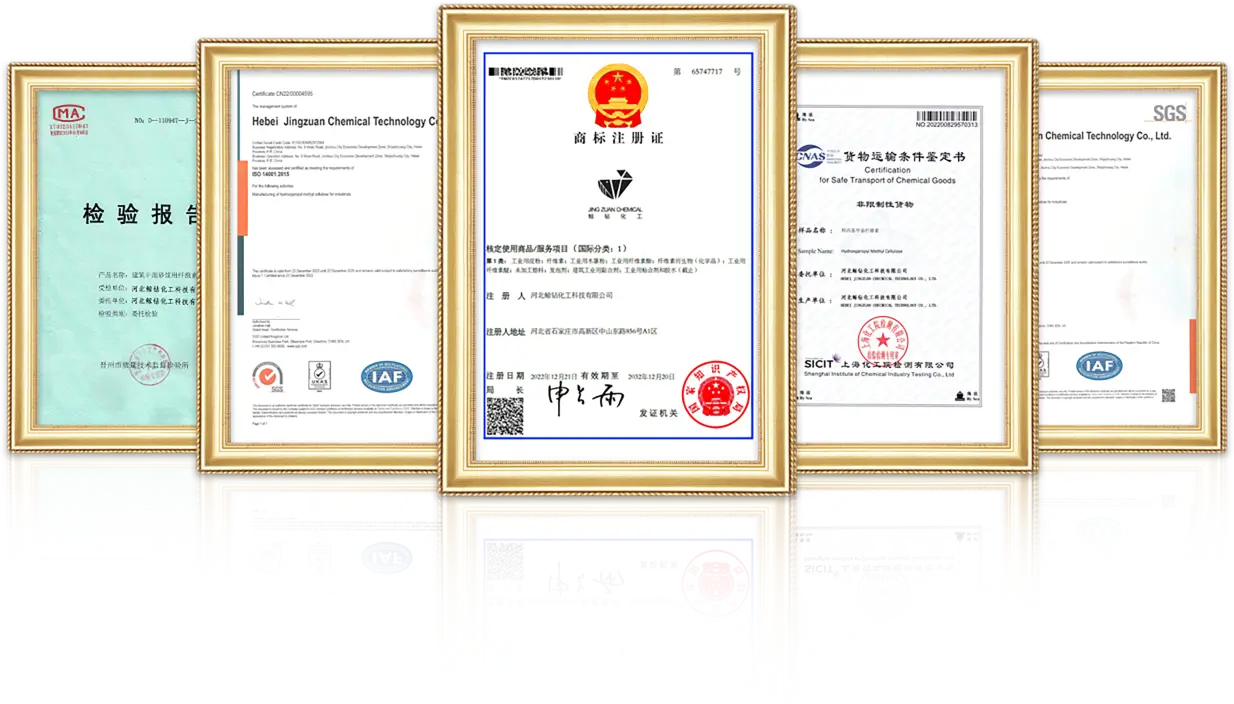
Oct . 31, 2024 20:01 Back to list
Hydroxyethyl Cellulose Production Techniques and Methods for Efficient Manufacturing
Hydroxyethyl cellulose (HEC) is a versatile non-ionic cellulose ether widely used in various industries, including pharmaceuticals, cosmetics, and construction. Its unique properties, such as excellent water solubility, thickening ability, and film-forming characteristics, make it an essential ingredient in many formulations. The manufacturing process of HEC involves several critical steps to ensure high-quality production and performance.
Hydroxyethyl cellulose (HEC) is a versatile non-ionic cellulose ether widely used in various industries, including pharmaceuticals, cosmetics, and construction. Its unique properties, such as excellent water solubility, thickening ability, and film-forming characteristics, make it an essential ingredient in many formulations. The manufacturing process of HEC involves several critical steps to ensure high-quality production and performance.
The next step involves etherification, where the alkaline cellulose is reacted with ethylene oxide, a crucial raw material. This reaction is conducted under controlled temperature and pressure conditions to produce hydroxyethyl cellulose. The amount of ethylene oxide used and the reaction time determine the degree of substitution, which ultimately influences the properties of the HEC product. Efficient mixing and the selection of proper catalysts are vital during this stage to achieve uniformity in the final product.
hydroxyethyl cellulose manufacturing process

After the etherification process, the reaction mixture is carefully neutralized to stop the reaction and stabilize the HEC. The resulting slurry is then filtered and washed to remove any unreacted materials and by-products. Following this, the product undergoes drying and milling processes to achieve the desired particle size and moisture content.
Quality control is a crucial aspect of HEC manufacturing. The final product is tested for various parameters, including purity, viscosity, and solubility, to ensure it meets industry standards. Manufacturers often adhere to Good Manufacturing Practices (GMP) to guarantee that the HEC produced is safe and effective for its intended applications.
In conclusion, the manufacturing process of hydroxyethyl cellulose is a sophisticated operation that requires careful attention to detail at every stage. From the selection of raw materials to the final quality checks, each step plays a pivotal role in producing a high-quality product that meets the diverse needs of various industries. The ongoing research and development in this field continue to enhance the properties and applications of HEC, ensuring its relevance in modern formulations.
-
Unlocking the Benefits of HPMC Products: A Gateway to Versatile Applications
NewsAug.07,2025
-
Unleashing the Potential of HPMC Ashland: A Comprehensive Look
NewsAug.07,2025
-
Tile Bonding Cellulose: The Key to Superior Adhesion and Durability
NewsAug.07,2025
-
Hydroxypropyl Methylcellulose Powder: The Versatile Component in Modern Pharmaceuticals
NewsAug.07,2025
-
Hydroxyethyl Cellulose: The Versatile Solution for Various Industries
NewsAug.07,2025
-
Hydroxyethyl Cellulose (HEC): The Versatile Polymer for Various Applications
NewsAug.07,2025







